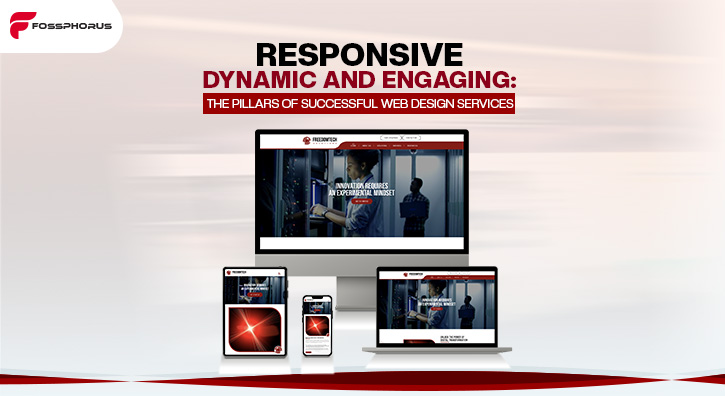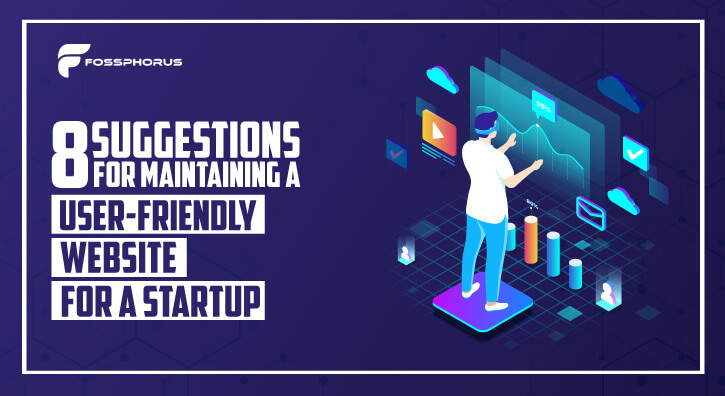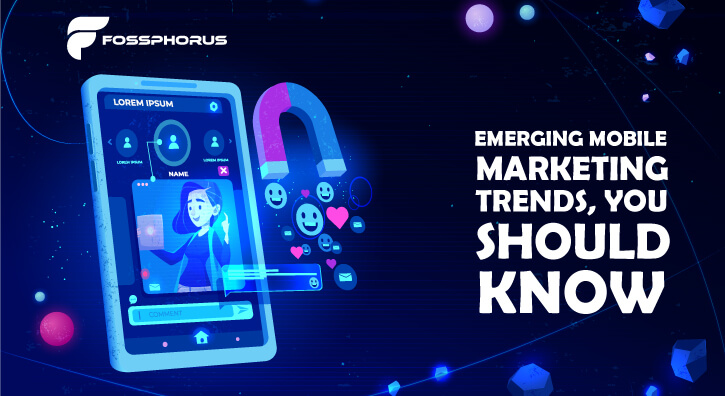BLOG Detail
Responsive, Dynamic, and Engaging: The Pillars of Successful Web Design Services
04 October 2024
06:25 AM

Indeed, the essence of web design services has transcended beyond flashy graphics and static pages. The contemporary digital landscape demands a delicate interplay of dynamism, responsiveness, and engagement to foster lasting connections. Tersely, the integration of responsive, dynamic, and engaging elements has emerged as the cornerstone of effective web design strategies.
Remember, your online presence conveys the true essence of your brand… Yes, we're talking about the website. With varying screen sizes, your web application needs to follow the key pillar of successful web design.
The intricate fusion of the pillars crafts immersive experiences that not only resonate with visitors but drive meaningful interactions, conversions, and brand loyalty. You may not have heard these terms, but affordable web design services providers know exactly what importance these jargons hold.
In this comprehensive guide, we delve into the intricacies of each pillar, unraveling their significance and uncovering the transformative power they hold in shaping the digital realm of today and tomorrow.
Let’s get started…
What Are Web Design Services?
Website design refers to the layout and visual aesthetics of a website. It emphasizes how the site looks in particular, making it visually appealing and easy to navigate for consumers. Even better, web design services include creating the overall appearance and feel of the website, which includes: -
- Layout and user interface design
- Creating the color scheme and typography
- Determining the site architecture and navigation
- Wireframing and prototyping page layouts
- Designing graphics, icons, logos
- Choosing imagery and multimedia to include
However, the design process may extend to coding the HTML, CSS, and other front-end languages required to implement the visual design. But then again, some designers focus solely on the visual design and hand off development to a different team.
Despite that, web designers strive to create an optimal experience that aligns perfectly with the brand's true essence. But that alone is not possible, designers must incorporate responsive, dynamic, and engaging elements so that the website can serve its purpose and keep visitors engaged.
Responsive Design: Flexibility, Consistency, and Happy Users Across Devices
1. Mobile Friendly : With mobile internet usage now exceeding desktop, a responsive design ensures a site works and displays properly on smartphones and tablets. This is critical for usability and engagement on mobile.
2. Flexible Layout : Responsive sites use flexible grids and images that resize and reconfigure based on screen size. This creates optimal viewing and interaction on any device.
3. Lower Bounce Rate : Web design services provide lower bounce rate - Sites without responsive design often have high mobile bounce rates as visitors leave due to poor formatting or tiny text. Whereas responsive web design offers an exceptional experience that keeps users engaged.
4. Better SEO : Google favors mobile-friendly, responsive sites in search rankings. Having a responsive design can improve SEO performance.
5. Future Proof : With responsive design, you won't have to worry as much about accommodating new devices and screen sizes that gain popularity in the future. Your site will be prepared.
6. Development Efficiency : Responsive sites can be more efficient to develop and maintain since they consolidate sites into one flexible codebase instead of separate mobile and desktop sites.
7. Consistent Branding : Responsive design allows your branding and visual identity to remain consistent across devices instead of having a watered-down mobile experience. Well, affordable web design services providers can provide this easily.
Dynamic Design: Engage, Interact, and Wow Users
1. Improved User Experience : Dynamic features like animated interactions, parallax scrolling, and embedded video create an immersive, app-like experience that delights users. These features make websites more exciting to interact with.
2. Increased Engagement : Incorporating interactive elements with the help of web design services like clickable tabs, image sliders, lightboxes, and hover effects keeps visitors engaged as they explore your content. Dynamic features promote active participation.
3. Visually Appealing : The addition of animations, transitions, video, and other dynamic visual features adds excitement and motion to websites, making them more visually interesting. This livens up the appearance.
4. Guidance for Users : Thoughtful use of dynamic cues like animated clues, slide-out preview panels, progress trackers, and highlighted buttons can seamlessly guide users to important content or calls to action. This improves usability.
5. Reinforce Branding : Leveraging brief but compelling animations, transitions, and interactions can create memorable experiences that users associate with your brand. Dynamic elements boost brand expression.
6. Lower Bounce Rates : Sites incorporating dynamic features tend to see decreased bounce rates, as the interactions entice visitors to further explore additional content. Stickiness increases.
7. Spotlight Products/Services : Interactive elements like drag-and-drop configurators, 3D product simulations, customization widgets, and virtual tours allow you to effectively showcase offerings. Dynamics highlight features.
Engaging Experiences: Create Connections and Captivate Visitors
1. Emotional Connection : An engaging design that relates to visitors forges an emotional connection and builds a relationship with your brand. This fosters loyalty.
2. Captivated Users : Utilizing compelling imagery, storytelling, and focused content that resonates with your audience grabs and retains visitor attention. This boosts time on site – professional web design services providers can such creatives.
3. Memorable Experience : Creating a fun, interesting, or meaningful experience makes your brand more memorable. Visitors are more likely to return and recommend you.
4. Personable Tone : Conversational language, inclusive messaging, and showing personality give visitors a sense of human connection. This makes your site relatable.
5. User Participation : Interactive features like surveys, live chats, commenting ability, and sharing options promote active user participation which is engaging.
6. Relevant Content : Serving visitors content explicitly tailored to their interests shows you value their time. Personalized, relevant content is highly engaging.
7. Clear Call-to-Actions : Well-defined, prominently placed CTAs allow visitors to easily take your desired actions. Reducing friction in conversion flows improves engagement.
Wrapping Up…
Today, the three core pillars for success in professional web design are responsiveness, dynamic functionality, and visitor engagement. Responsive design guarantees that your website is optimized for viewing and interaction across devices.
Users are impressed by dynamic features because they offer vivid, immersive experiences. Engaging features interact with visitors while helping you better communicate your brand.
These three web design focuses work in synergy to provide the best user experience possible. A responsive website provides a unified experience to visitors on any device. Dynamic elements capture attention while encouraging engagement. Visitors who are engaged with the material become brand ambassadors.
These pillars, when combined, offer a solid foundation for building a website that satisfies both company goals and user needs at the greatest level. Focus on being responsive, dynamic, and engaging for visually appealing, functional, and visitor-focused web design.
You have gotten an idea so far of how web design services can give your business wings to fly – still if you need affordable web design services near you – Fossphorus has got you covered.




